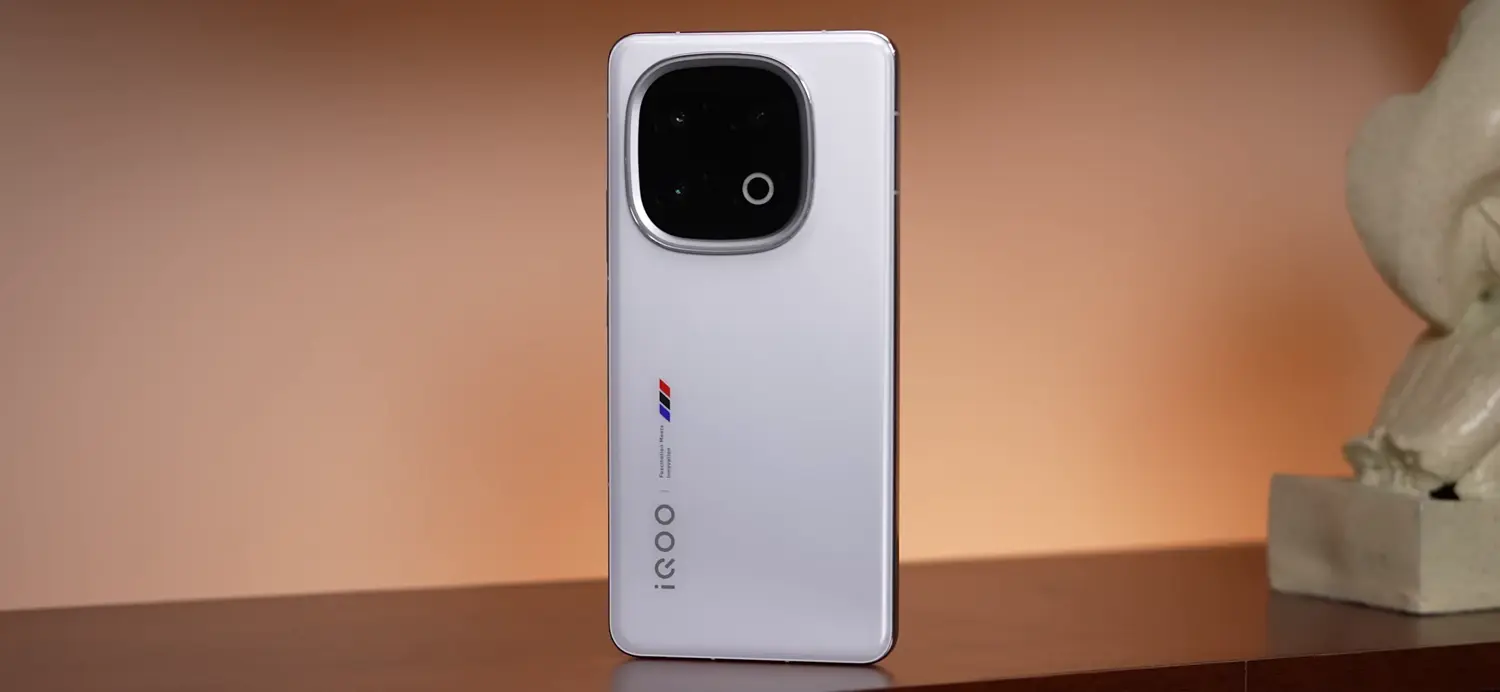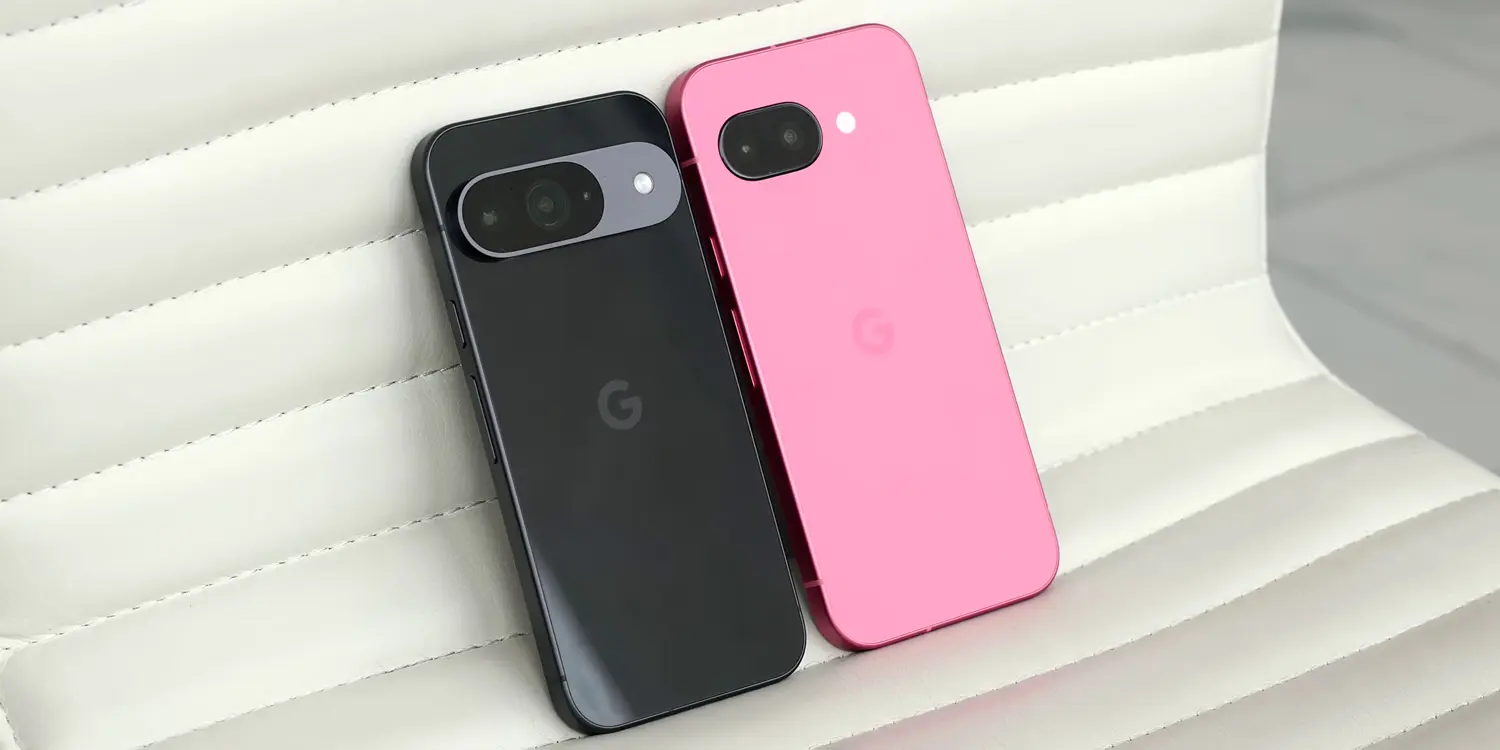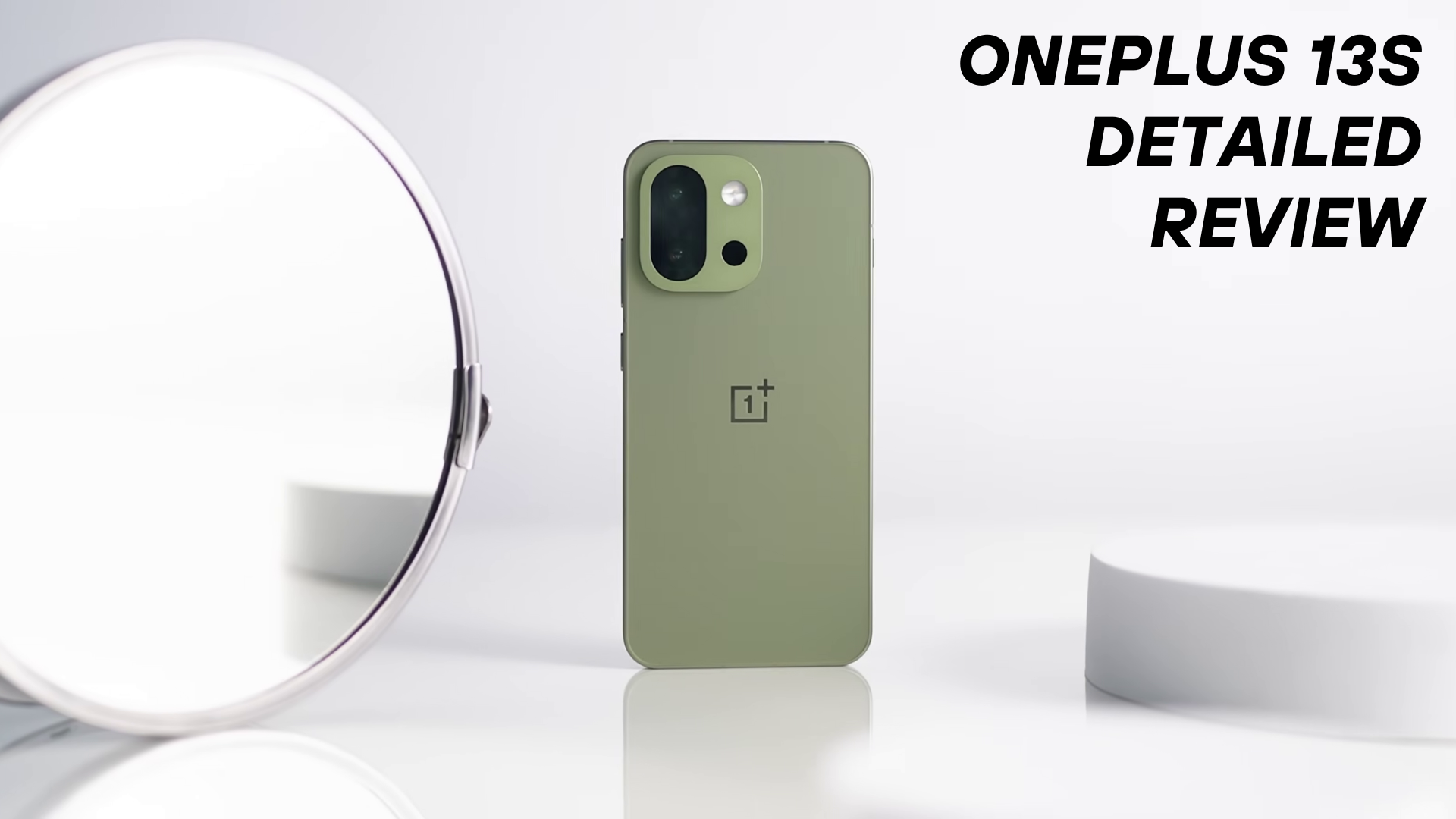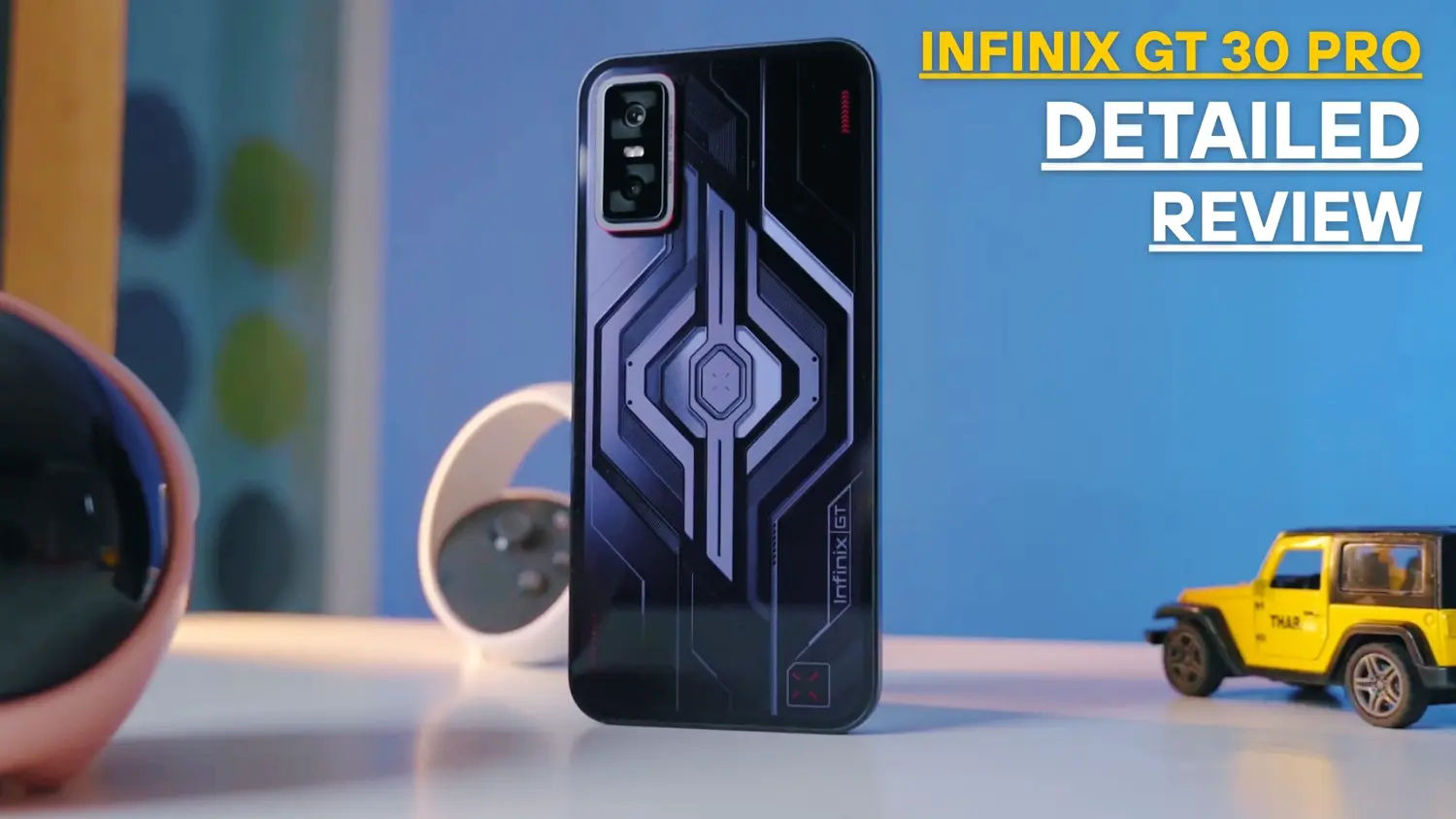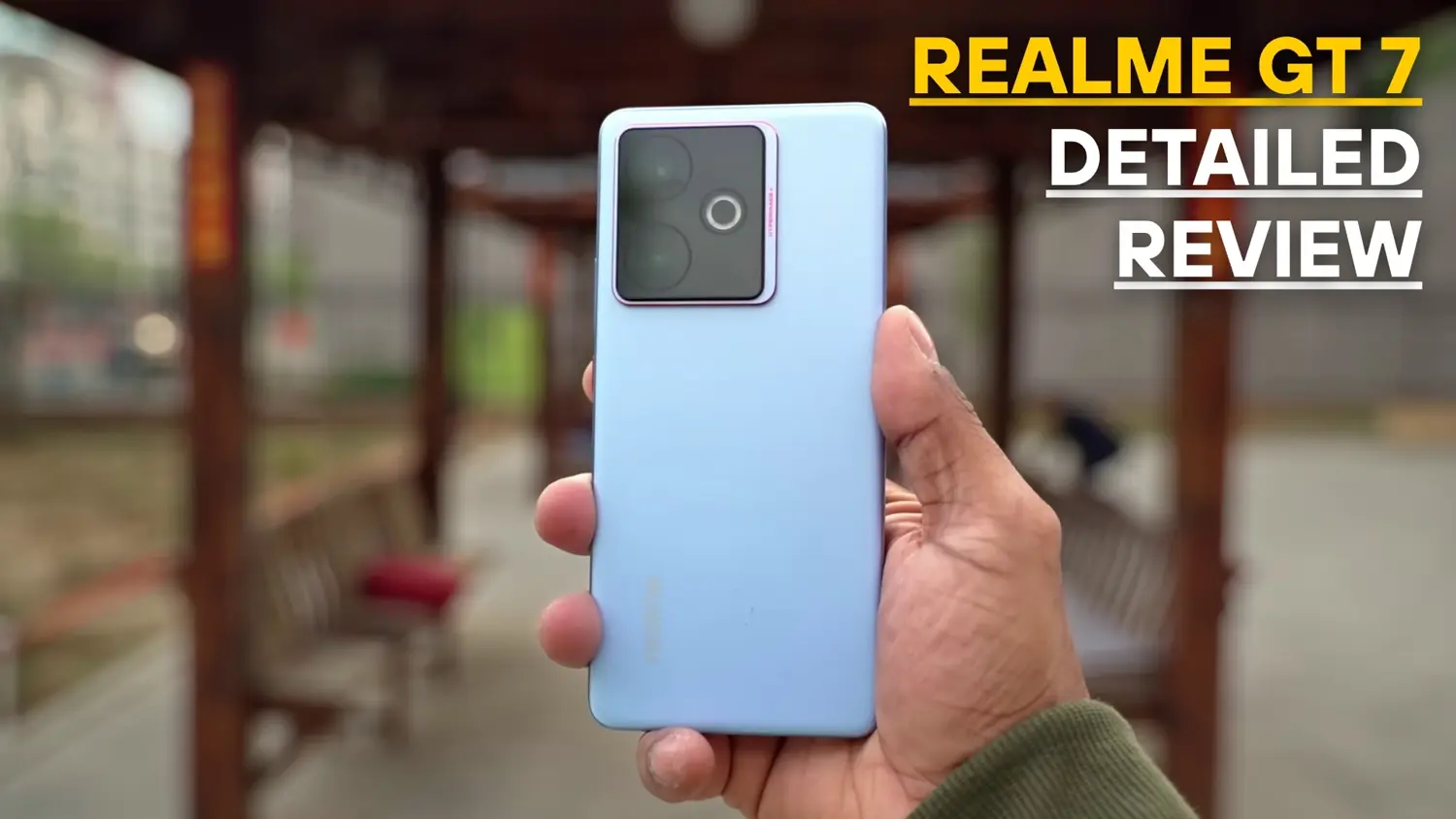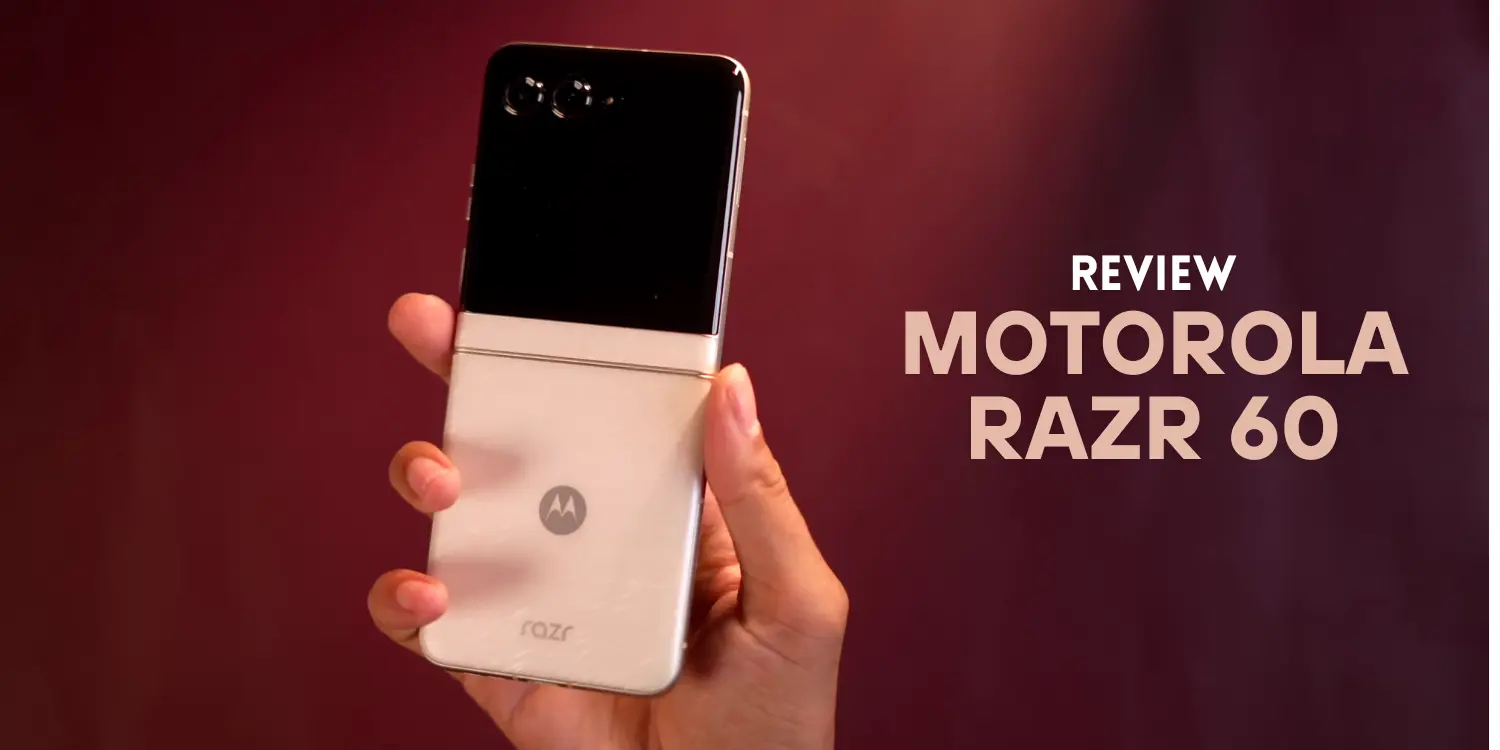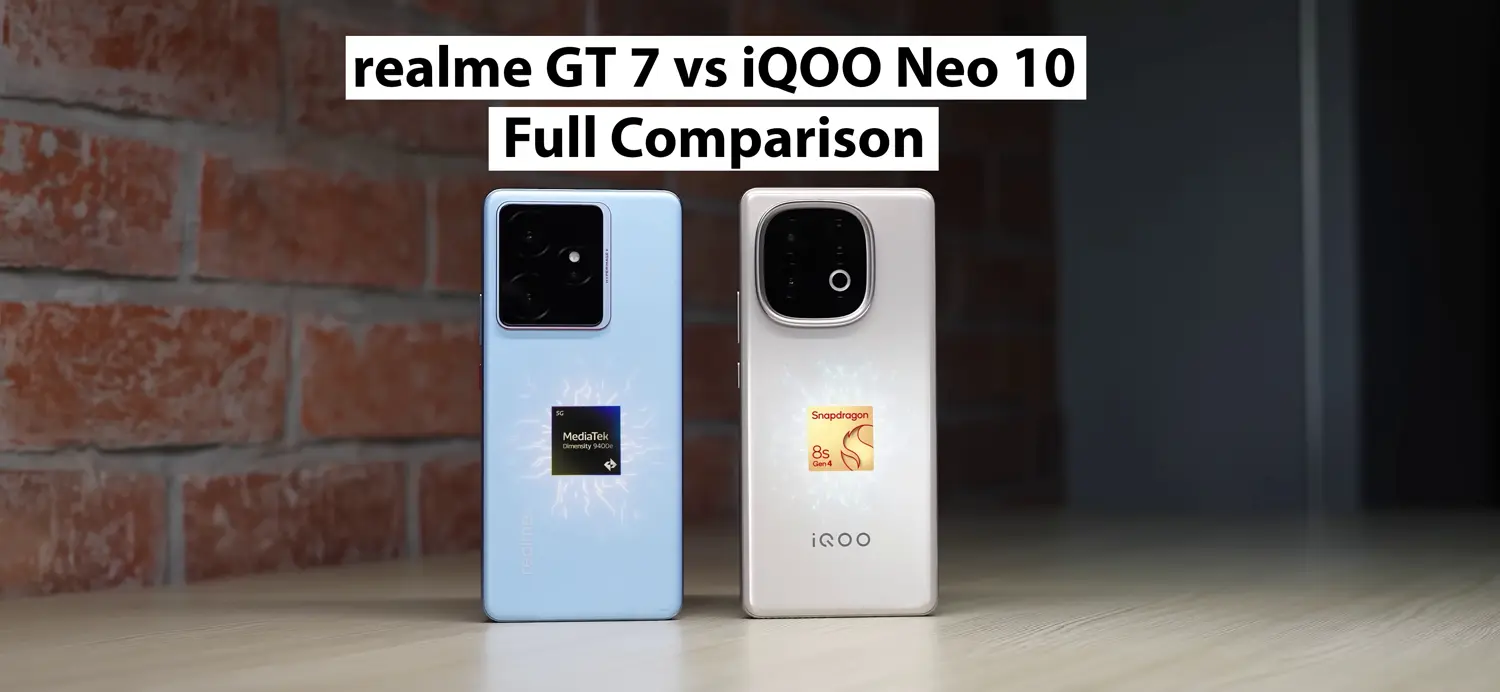The iQOO 13 was launched as the most affordable flagship smartphone powered by the Snapdragon 8 Elite chipset. Even 150 days after its release, it continues to hold its ground as a value-for-money device with top-tier performance, a solid camera system, and impressive battery life. In this detailed review, we’ll analyze how the iQOO 13 has held up after extensive use, covering its design, display, performance, battery, camera, software, and more. If you’re wondering whether the iQOO 13 is still worth buying in 2025, this article will help you decide.
Design and Build Quality: Sleek Yet Durable
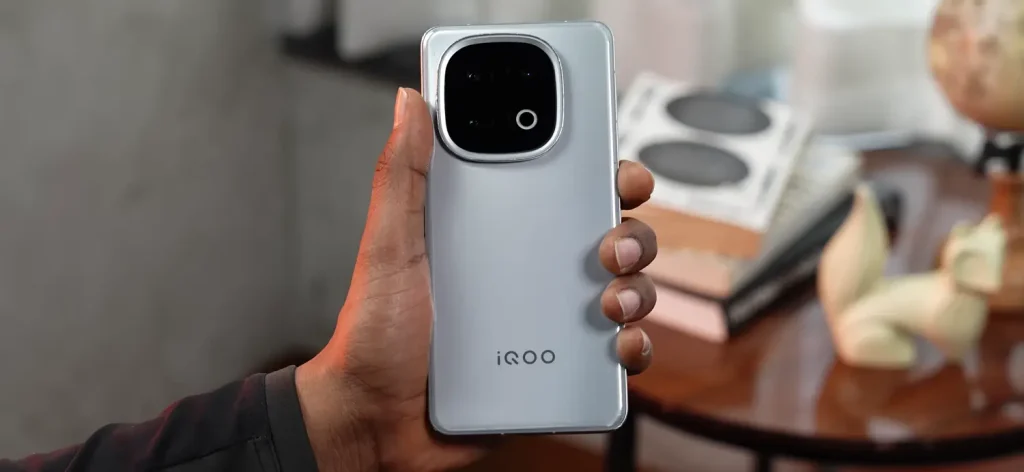

The iQOO 13 boasts a premium design that combines glass and plastic on the back with a sturdy metal frame. The front is protected by Schott Xensation Alpha glass, which adds confidence in its durability. After 150 days of rigorous use without a cover—including drops, gaming, and rough handling—the phone has shown remarkable resilience. There are minor dents and scratches, but no major damage, which speaks volumes about its build quality.

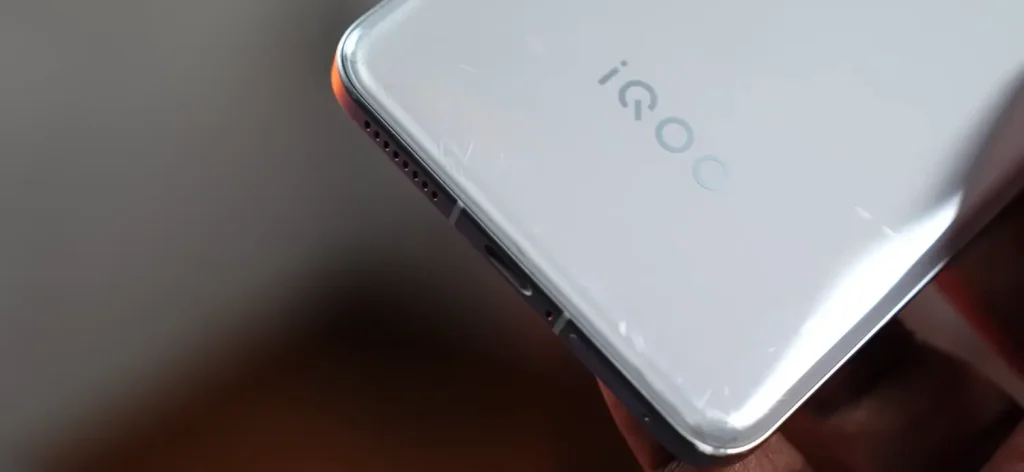
The phone’s slim 8.13 mm frame and 213-gram weight make it comfortable to hold, thanks to the slightly curved back and excellent weight distribution. The 6,000 mAh battery doesn’t make the phone feel bulky, which is a big plus. The Nardo Gray color variant is minimalistic and clean, though some might find it understated. The iconic squircle camera module instantly identifies it as an iQOO flagship, and the BMW-inspired variant adds extra flair. The Monster Halo light is a unique touch, enhancing both aesthetics and functionality.
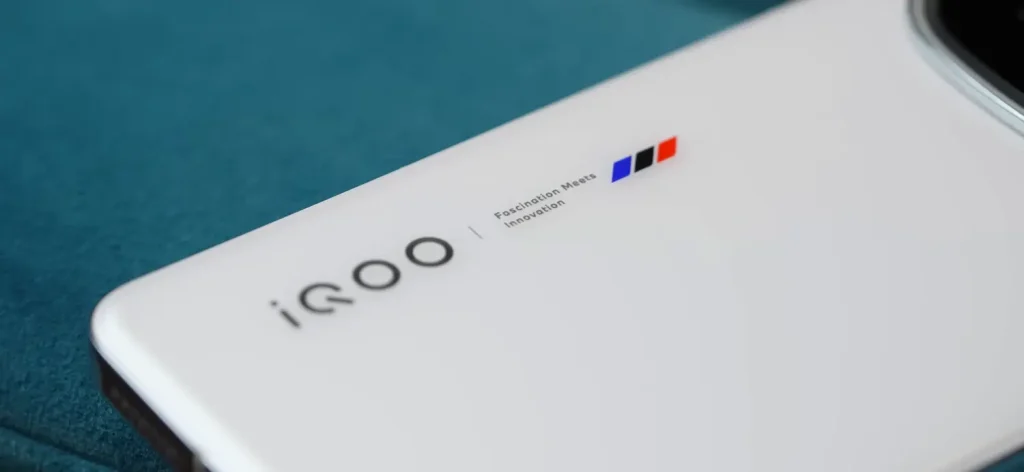
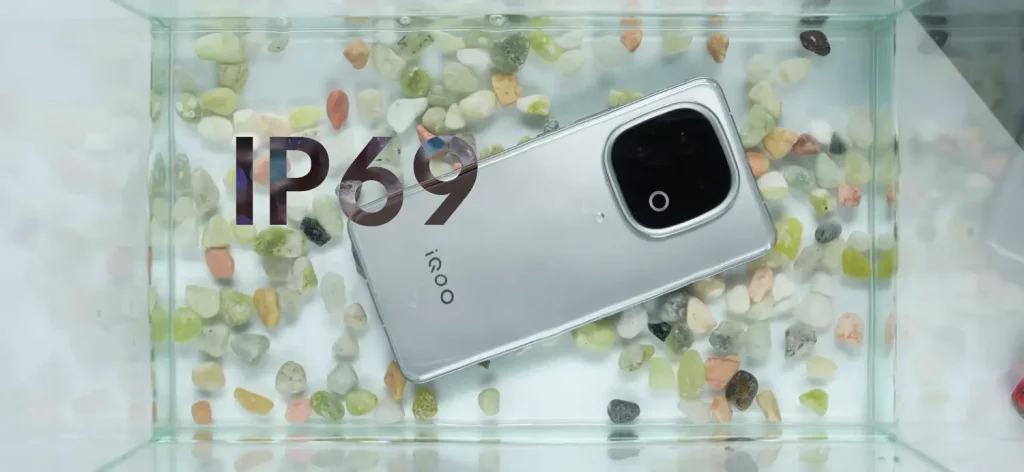
The iQOO 13 is also packed with practical features like an IP69 rating for water and dust resistance, a USB-C 3.2 Gen 2 port, and an infrared blaster. These small details make it a well-rounded device that leaves no stone unturned.
Display: A Visual Treat

The iQOO 13 sports a 6.82-inch flat AMOLED display with a 2K resolution and a 120 Hz refresh rate (up to 144 Hz in certain games). Whether you’re watching YouTube, Netflix, or gaming, the display delivers vibrant colors and sharp visuals. It supports HDR video playback, and the HDR tuning is well-executed, making content pop with excellent brightness both indoors and outdoors.

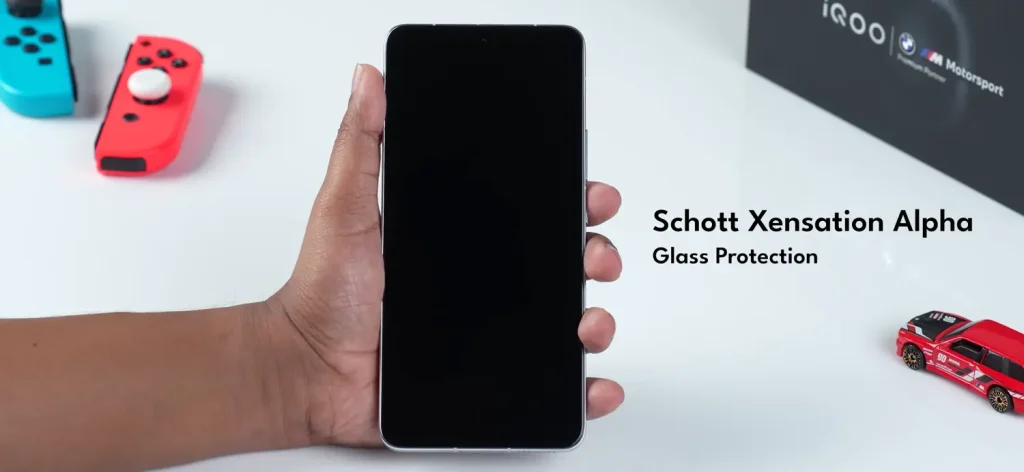
In Procolor mode, the color tuning is near-neutral, making it reliable for light photo and video editing. The display’s brightness is sufficient for outdoor use, and the 120 Hz refresh rate ensures smooth scrolling and animations. Overall, the display is one of the best in its class, offering a premium viewing experience for media consumption and gaming.
Audio and Haptics: Decent but Not Perfect
The iQOO 13 comes with stereo speakers, but they fall slightly short of flagship standards. After 150 days, we noticed that the bass is lacking, and the overall audio quality doesn’t feel as immersive as expected. The phone supports the LDAC Bluetooth codec for high-quality audio streaming, but it lacks support for LSCD, which is a minor drawback.
On a positive note, the haptic feedback is a significant improvement over its predecessor, the iQOO 12. The larger haptic motor delivers tight, crisp, and precise vibrations, enhancing the user experience. FunTouch OS 15 integrates haptics well into the UI, making interactions feel more engaging.
The ultrasonic in-display fingerprint scanner is another highlight. It’s fast, reliable, and works even with wet fingers. Its positioning is comfortable, unlike some optical scanners that are placed too low on the screen.
Performance: Snapdragon 8 Elite Shines

The iQOO 13 is powered by the Snapdragon 8 Elite chipset, paired with LPDDR5X RAM and UFS 4.1 storage. Even after 150 days of heavy use, the phone delivers exceptional performance. It consistently scores high on benchmarks like AnTuTu and Geekbench, with minimal CPU throttling even in high-performance mode. The GPU stability is impressive, as seen in 3D Mark tests, making it a beast for gaming.
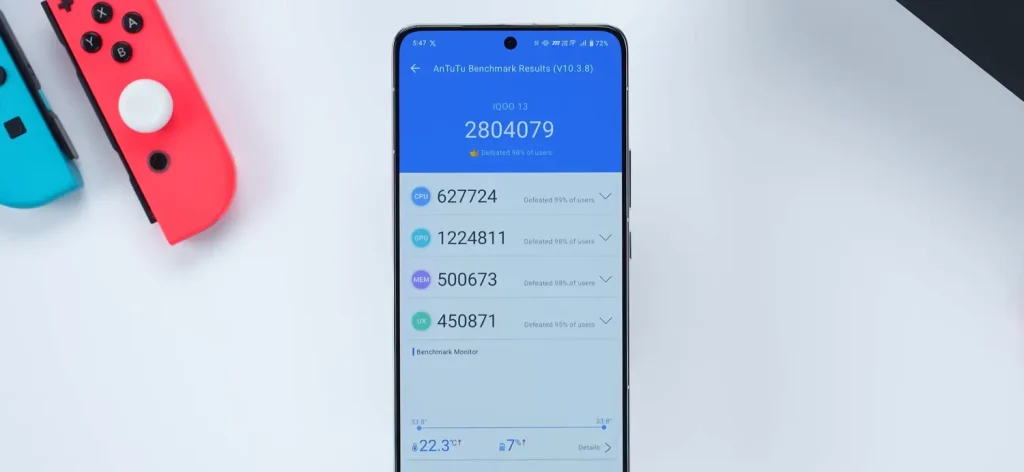
Games like Genshin Impact run smoothly at 60.2 FPS with temperatures staying below 40°C, thanks to the 7,000 mm² vapor cooling chamber. For BGMI players, the iQOO 13 is a dream, supporting up to 143.1 FPS with frame interpolation, making it suitable for esports. The phone also handles multitasking effortlessly, with FunTouch OS 15’s improved RAM management ensuring apps stay active in the background.
Connectivity is another strong suit, with support for Wi-Fi 7, Bluetooth 5.4, NFC, and multiple 5G bands. We tested it with Jio and Airtel networks and faced no issues with call quality or mobile data.
Battery Life and Charging: All-Day Power
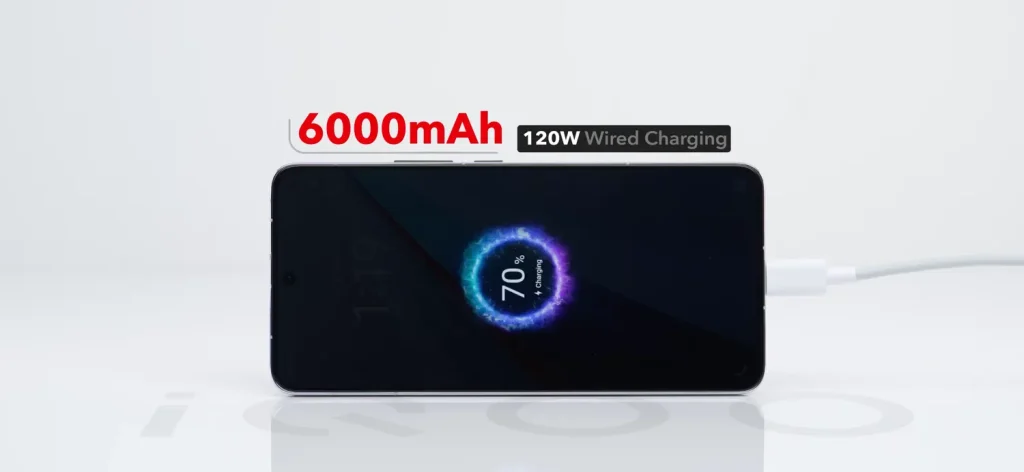
The iQOO 13 houses a massive 6,000 mAh battery, which, combined with the Snapdragon 8 Elite’s power efficiency, delivers excellent battery life. Initially, we achieved around 9 hours of screen-on time with heavy usage, including gaming, video streaming, and social media. A software update temporarily reduced this to 7 hours, but subsequent updates restored the battery life to 8-9 hours, which is impressive.
The 120W fast charging is a standout feature, fully charging the 6,000 mAh battery in about 30 minutes. The included 120W charger supports PPS and USB PD standards, making it versatile enough to charge other devices like MacBooks. However, the lack of wireless charging is a notable omission for a flagship device.
The phone also supports bypass charging (Direct Drive Power Supply) in game mode, which powers the device directly without charging the battery, reducing heat during extended gaming sessions.
Camera: Versatile but Not Flawless
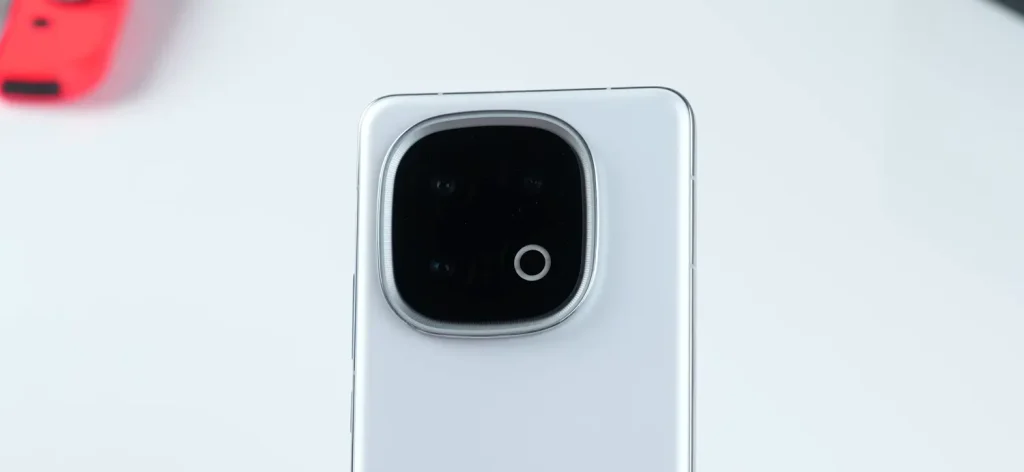

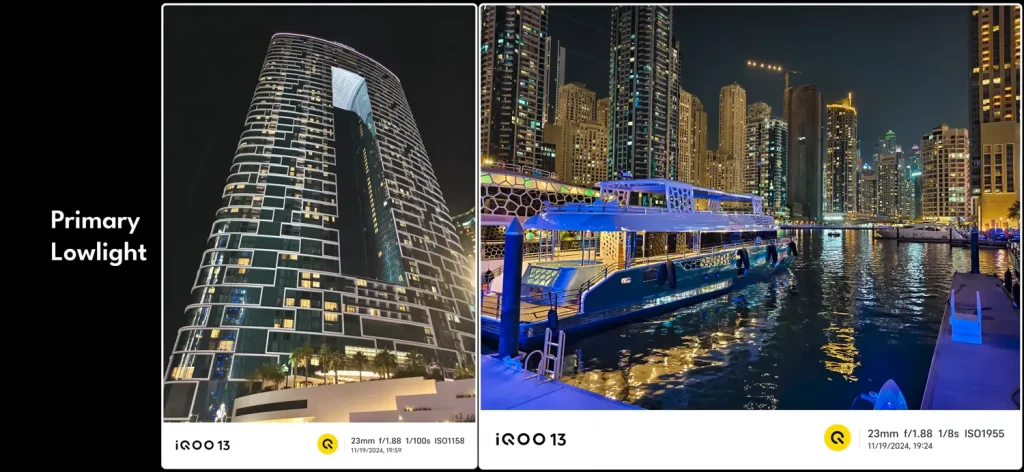
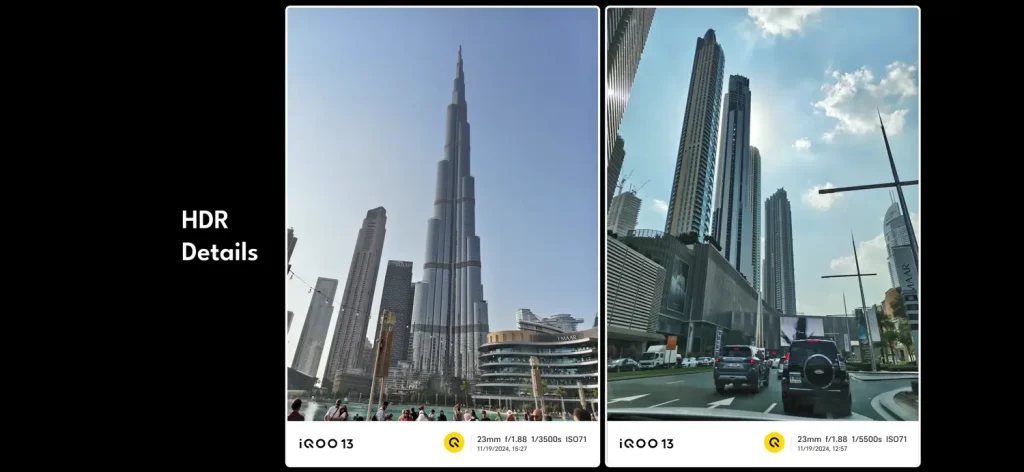


The iQOO 13 features a triple rear camera setup: a primary sensor, an ultra-wide lens, and a 2x telephoto lens. While it doesn’t offer the 3x telephoto found on the iQOO 12, the camera system remains versatile and reliable. After 150 days, the camera performance has remained consistent with no noticeable deterioration.
The primary camera captures detailed images with excellent HDR performance, even in challenging lighting conditions. Low-light shots are impressive, rivaling other flagship cameras. The natural color mode ensures accurate color reproduction, while the vivid mode produces social media-ready photos with punchy colors. However, skin tones can sometimes appear slightly off, which could be improved with software updates.
The ultra-wide lens performs well in good lighting but struggles in low light. The 2x telephoto lens excels in portrait shots, especially in humanistic street mode, and supports 4x lossless zoom. The phone also offers four focal lengths for portraits and incorporates Vivo’s lens simulations for creative photography. One quirk is that in low light, the 2x mode uses a cropped image from the primary sensor instead of the telephoto lens, which may affect quality.
Overall, the camera system is solid for everyday photography but falls slightly short of competitors like the Vivo X100 or Google Pixel 9 in certain scenarios.
Software: FunTouch OS 15 Has Pros and Cons
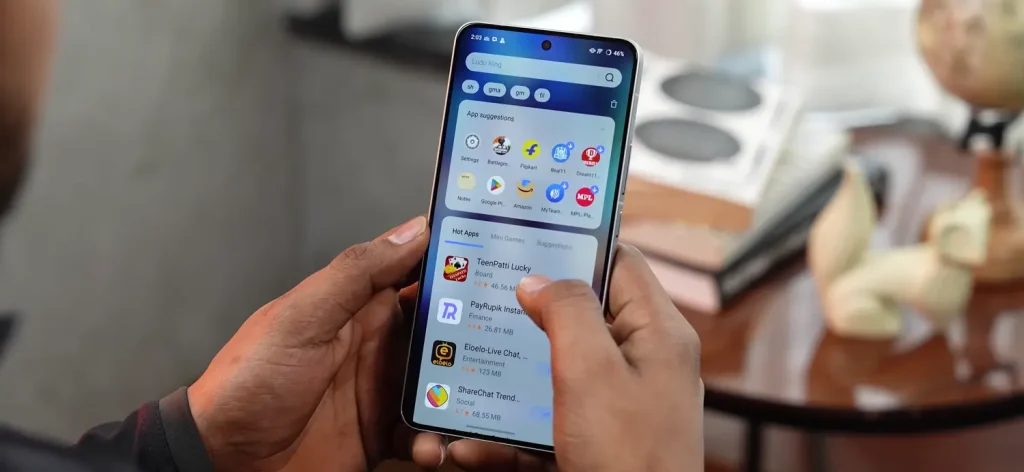
The iQOO 13 runs FunTouch OS 15 based on Android 15, with a promise of 4 years of OS updates and 5 years of security patches. The software experience is mostly bug-free, and iQOO has been consistent with timely updates. However, FunTouch OS 15 feels dated in terms of design, with an outdated notification shade, lock screen, and home screen setup. The inability to use custom icon packs is a letdown for users who prefer personalization.
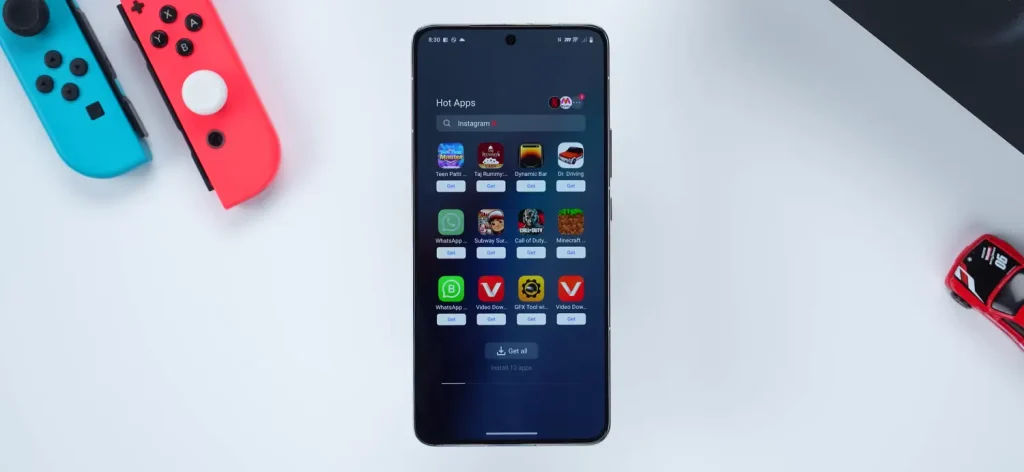
On the plus side, FunTouch OS 15 offers useful AI features like AI Eraser, Instant Cutout, Circle to Search, and AI translation during calls. These features work well and add value to the user experience. However, the software comes with some bloatware, including pre-installed apps and personalized recommendations in the global search. Thankfully, you can disable some of these, and spending 10 minutes during the initial setup can result in a cleaner experience.
FunTouch OS 16 is expected to bring a visual overhaul, which could address these design shortcomings. For now, FunTouch OS 15 is functional and reliable but lacks the polish of competitors like OnePlus’ OxygenOS or Samsung’s One UI.
Specifications Table
| Feature | Specification |
|---|---|
| Display | 6.82-inch AMOLED, 2K resolution, 120 Hz (up to 144 Hz in games), HDR support |
| Processor | Qualcomm Snapdragon 8 Elite |
| RAM | LPDDR5X (Up to 16GB) |
| Storage | UFS 4.1 (Up to 1TB) |
| Rear Cameras | Primary sensor, Ultra-wide, 2x telephoto (supports 4x lossless zoom) |
| Front Camera | 16 MP, f/2.5, 23mm (wide), 1/3.0″, 1.0µm (1080p@30fps, gyro-EIS) |
| Battery | 6,000 mAh, 120W fast charging, no wireless charging |
| Operating System | FunTouch OS 15 (Android 15), 4 years OS updates + 5 years security updates |
| Build | Glass + plastic back, metal frame, Schott Xensation Alpha front, IP69 rating |
| Weight | 213 grams |
| Thickness | 8.13 mm |
| Connectivity | Wi-Fi 7, Bluetooth 5.4, NFC, multiple 5G bands, USB-C 3.2 Gen 2, infrared blaster |
| Audio | Stereo speakers, LDAC support, no LSCD |
| Haptics | Large haptic motor, enhanced by FunTouch OS 15 |
| Fingerprint Scanner | Ultrasonic in-display |
Is the iQOO 13 Worth Buying in 2025?
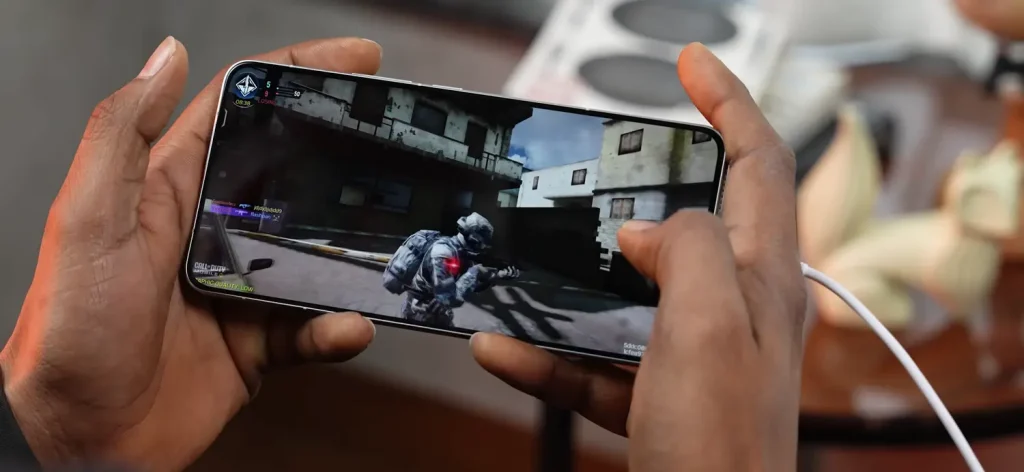
After 150 days of extensive use, the iQOO 13 remains a compelling choice for anyone seeking a flagship smartphone under ₹60,000. Its Snapdragon 8 Elite chipset delivers unmatched performance, making it ideal for gamers and power users. The 6,000 mAh battery with 120W fast charging ensures all-day power and quick top-ups. The display is stunning, and the camera system, while not perfect, is versatile enough for most users.
However, the software experience could be better, with a dated design and some bloatware. The lack of wireless charging and slightly underwhelming speakers are minor drawbacks. If you prioritize performance, battery life, and value for money, the iQOO 13 is hard to beat. For those who value software polish or a more advanced camera system, alternatives like the Vivo X100 or OnePlus 13 might be worth considering.
Conclusion
The iQOO 13 continues to impress 150 days after its launch, offering a well-rounded package that competes with more expensive flagships. Its durable build, vibrant display, stellar performance, and long-lasting battery make it a fantastic choice for Indian users. While the software and speakers could use some improvement, the overall experience is solid, especially at its price point. If you’re in the market for a high-performance smartphone that doesn’t break the bank, the iQOO 13 is still worth buying in 2025.
Have you used the iQOO 13? Share your experience in the comments to help others make an informed decision!
